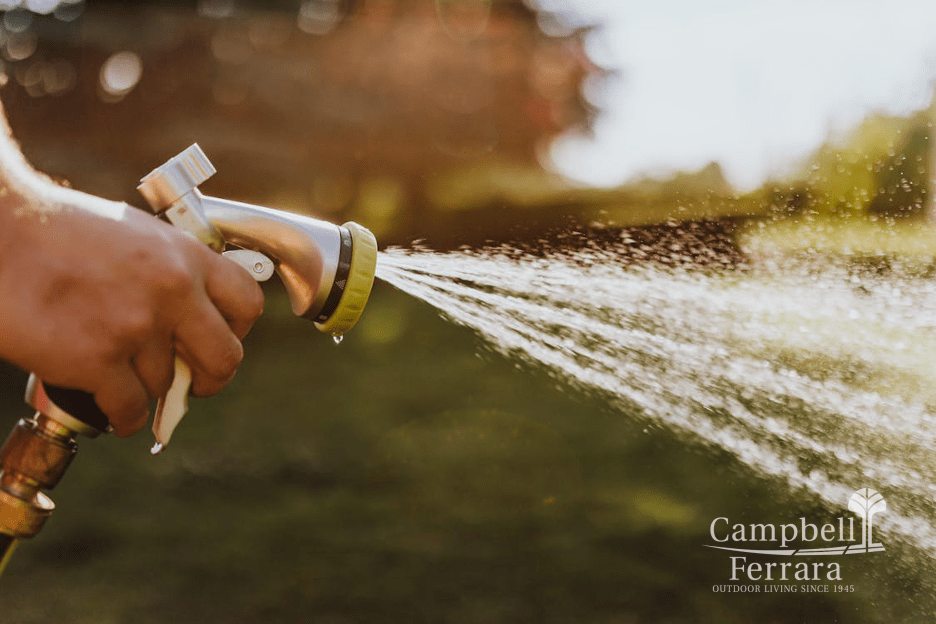
You have enjoyed your pond throughout the summer and fall, but now it is time to get it ready for winter. While this can be a bittersweet time, getting it ready will ensure that you can enjoy it again next year.
Here are the Steps:
- The first step to preparing your pond for winter is to get everything as clean as possible using either a pond vacuum, small non-mechanical hand vacuum or a fishing net. It is vital to remove all the fallen leaves because as they decompose they release deadly ammonia into the water.
- You need to take care of the plants living in your pond by the first frost. Start by removing all the surface plants and putting them in the compost pile. Then, move on to the tropical tubers that need to be removed, cleaned, all the foliage removed and stored in peat moss so that you can enjoy them next spring. Move on to your perennials that you are going to keep as well-watered houseplants during the cold days of winter. Then, on to trimming and lowering the perennials that you are going to let survive the winter in the pond. Finally, finish by making sure that all algae is out of your pond.
- While you are working, make sure to inspect the fish. If you notice any unusual colors or ulcers, then make sure to contact an expert on how to handle these problems. Fish that are not in good condition will not survive the winter. If you are used to feeding your fish, then stop when the water temperature drops below 50 degrees.
- The last step in winterizing your pond is to decide on what you are going to do about the pump mechanism. It is vital to remember that if an ice dam forms, then you may lose everything in your pond. Therefore, many people choose to remove the pump and store it for the winter. Regardless of your decision, make sure that your pond keeps a hole in it all winter long. Depending on your individual circumstances, you can use a child’s bouncy ball, a cattle trough heater or an aquarium heater and pump to keep the hole formed.
After:
After you just know that you cannot stand one more cold winter day, it will be time to open up your pond for spring. It is best to wait until the water temperature is above 50 degrees. Of course, you may have been doing this all winter long as you anxiously waited for the first signs of spring to arrive.
As the days continue to warm, you can start returning plants to the pond. Start by returning the plants that spent the winter in the pond to their spring and summer heights. Choose the varieties of annuals that you are going to use and install them after the last chance of frost has passed for the year.
Tip:
It is important to continually check the water in your pond. Spring runoffs after large rains can cause damage to ponds. It is crucial that the ammonia level remain at zero.
While you are working in the pond, make sure to check your fish. You can help them return to their spring condition faster by adding pond salt to the water. If you notice any fish looking bad, then consider feeding them an enzyme mixture.
Finally, if you chose to remove the pump, put it back in and make sure that it is in working order. You are now ready to enjoy your pond throughout the spring.






